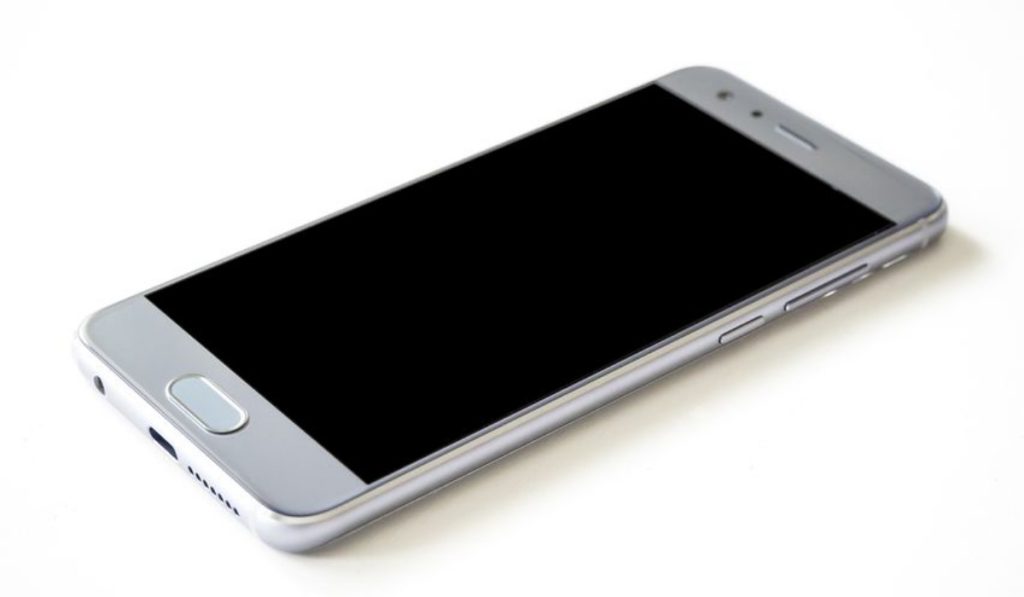The freedom to do whatever you want is one of the key reasons why many tech enthusiasts prefer Android to other mobile operating systems. You can install anything and alter almost every aspect of your phone using Android. However, despite all of this, there are still some things you are unable to do on Android phones.
Even though there’s an obvious advantage, there are still some things you’ll be unable to do on Android phones. One major example is that some Android apps won’t let you take screenshots for different reasons. Now, if you must take screenshots of Android apps that don’t allow it, what would you do?

In this guide, we’ll show you easy ways to take screenshots on Android apps that don’t allow it. If you’re interested in this information, or you have any such app you would like to take a screenshot of, there are workarounds to help you. We’ll show you in this guide, so continue reading to find out.
How Can I Take Screenshots on Android Apps That Don’t Allow It?
You can still take screenshots on Android apps that don’t allow it and wherever else you wish, regardless of the reason the developers choose to restrict screenshots. You’ll just need to cut through some corners.
In apps that don’t allow it, there are several ways to take screenshots. Not all apps support these techniques, but most do. Consider two of these strategies which we’ve described below: a simple method that works in some cases and another more sophisticated method that works most times.
Using Google Assistant to Take Screenshots on Android Apps that don’t allow it
Some Android apps that prevent screenshots only prevent your phone’s screenshot button combination from working. This indicates that if you take a screenshot using a technique other than tapping the button combination, you can get around the restriction.
Most Android phones come with a built-in program called Google Assistant that allows you to take screenshots without pressing any specific buttons.
- First launch the app you plan to take screenshots of.
- Enable Google Assistant. Depending on your settings, you can accomplish this by saying “Hey Google!” or by pressing and holding the home key.
- Type or say “Take a screenshot.” Now a screenshot will be taken by Google Assistant.
This approach, despite being straightforward, has little chance of working because it has been anticipated by most apps that take screenshot blocking seriously. For instance, if you ask Google Assistant to take a screenshot of a Chrome Incognito tab, all that will appear on the screen is a black screen.
Continue to the next section where we’ll explain a technique that allows you to take a screenshot of Android apps that don’t allow it if this one didn’t work for you.
Using scrcpy to Take Screenshots on Android Apps that don’t allow it
This is the best approach because it can get around almost every restriction and help you take screenshots on Android apps that don’t allow it. Scrcpy is a simple screen mirroring application that enables you to view and manage the display of your Android phone on your PC. You may easily take screenshots of Android apps that don’t allow it after mirroring the Android phone’s screen on your computer by using print screen or the Snipping Tool.
Linux, macOS, and Windows all support scrcpy. On macOS, scrcpy can be installed via Homebrew. Scoop may be used to install scrcpy on Windows, which is what we’ll be doing for this guide.
- After installing Scoop, proceed to installing scrcpy.
- Launch the command prompt. You’ll find cmd by looking for it using the Start menu’s search function.
- Run the following command once you are in Command Prompt: scoop scrcpy install
- Scoop will be asked to install scrcpy when given this command. Depending on how quickly your connection is working, this could take some time.
The next step is setting up your phone after installing Scrcpy. On your Android device, you must enable USB debugging in order for scrcpy to access the screen. To achieve this, you must have Developer mode enabled.
- On your Android smartphone, go to Settings.
- Choose Developer settings by scrolling all the way to the bottom.
- To turn USB Debugging on, tap the switch beside it.
Your computer and phone are now both ready. You can now move on to the last stages after you have connected your phone to your computer’s USB port.
- Launch the command prompt.
- Click Enter after inputting the command scrcpy.
Your phone’s screen will be visible in an emerging window. Through this window, you may even navigate and type on your phone using the mouse and keyboard from your computer. You can freely take screenshots on Android apps that don’t allow it by using print screen and other screen recording techniques. It’ll be pretty easy now that the screen of your phone is mirrored onto your computer.
In summary, you’ll find this guide pretty useful if you’ve been trying to take screenshots on Android apps that don’t allow it. Follow the instructions we’ve provided in this guide and you won’t have issues taking screenshots, even on apps that restrict it.